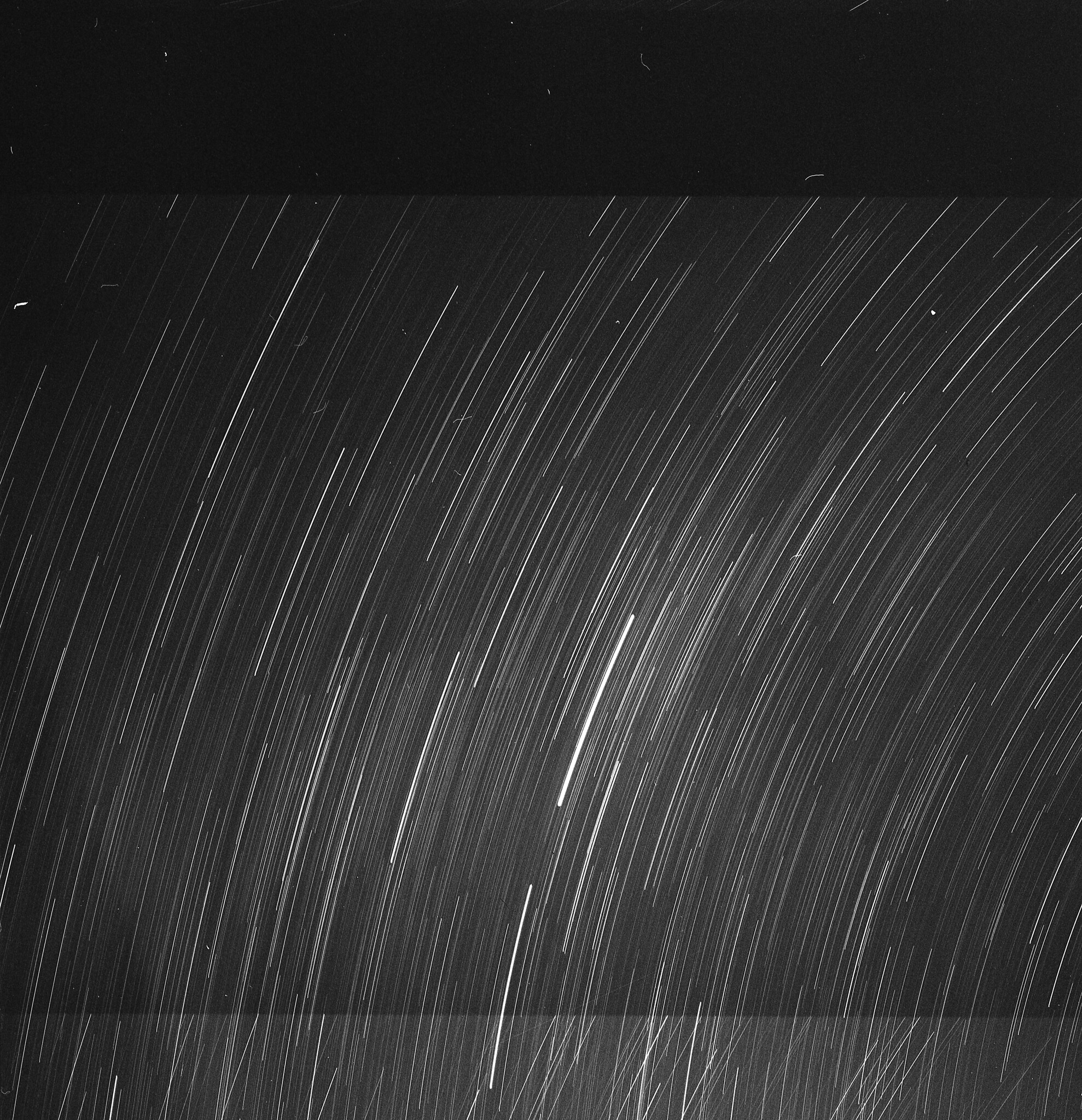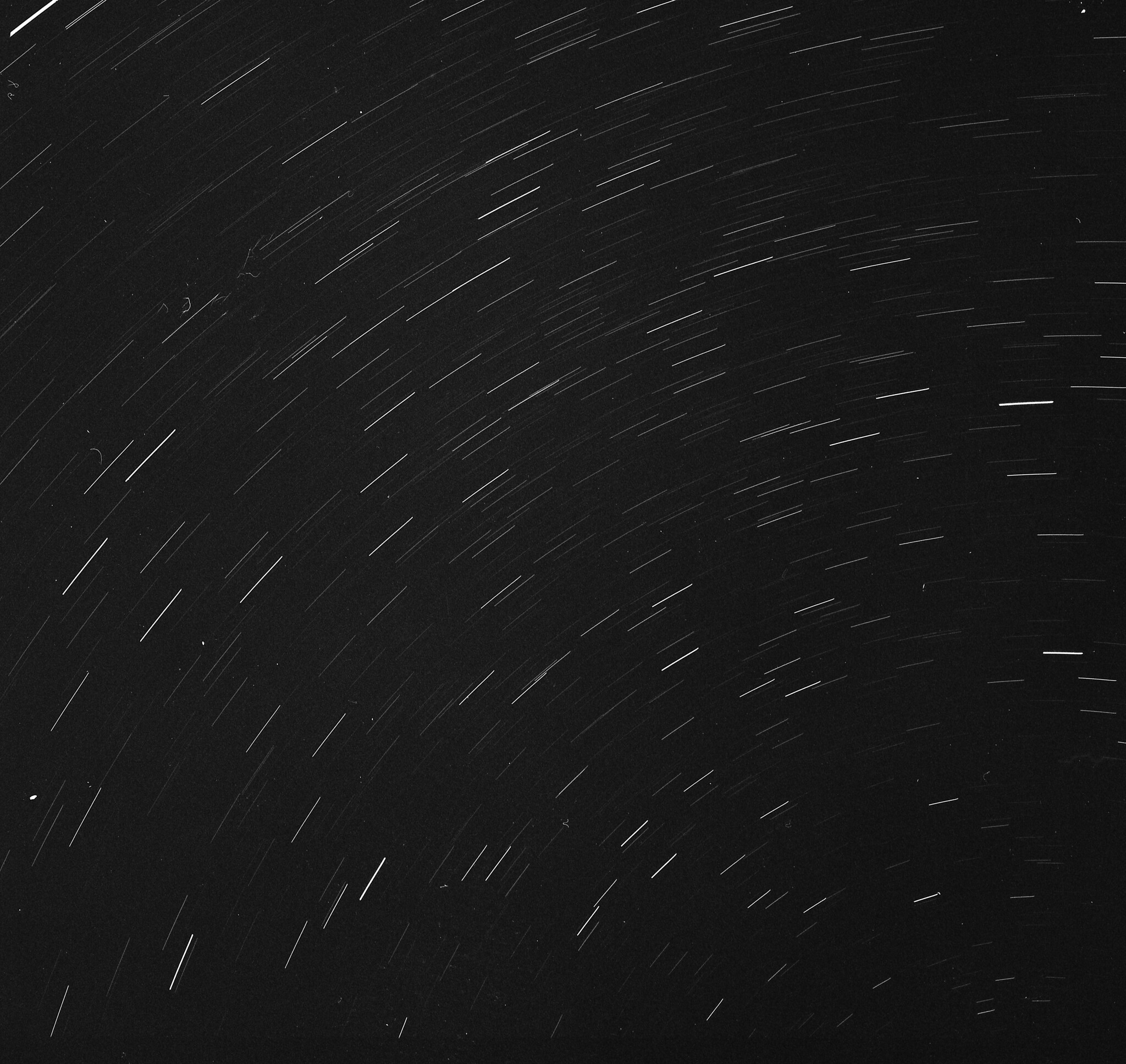Ever instant has a thousand memories : Henri Bergson
Material absorbed in its own thoughts :
Monday, 20 December 2021
Studio Assemblages : Spatial Instant/Relationscapes
Sunday, 19 December 2021
Architectural Interiors : Collage and Photography
Luis Barragan
Red Wall/Pace Gallery London 2014
Robert Mangold
Waverley Project/Research Collage
Design based photogram
Russell Moreton
Speculative Drawings : Becoming Spatial/Figural



Saturday, 18 December 2021
An Elemental Imagination Unfolding : Intuition of The Instant
Gaston Bachelard
Intuition of The Instant
A preoccupation with the discontinuous and the disruptive
"relentlessly hauling the cumulative detritus of our past"
https://www.flickr.com/photos/russellmoreton/23826107748/in/dateposted-public/

Tuesday, 14 December 2021
Making Entanglements : Spatial Collage, 2010
Lead,photographic ( pinhole) and inkjet visual material from flickr stream, fixing tapes, cyanotype on tracing paper,pierced and repositioned elements on paper.
Making Entangled : An eclectic synthesis of knowledge fields
Confronting Spatial Intelligence-tracing the use of spatial intelligence.
What are we learning about in the concrete particularity of this space?
Leon van Schaik : Spatial Intelligence
‘Architecture is the product of our spatial intelligence, of its workings in establishing the mental spaces of every individual, and of the spatial values shared by groups.’
The Retreat, Upper Lawn Pavilion. 1959
This country retreat presents itself as a glass box but is grounded by its relationship to the pre-existing masonry of a walled garden.
Leon van Schaik comments that the little glass house retreat built by Peter and Alison Smithson around a walled garden evokes for him memories(mental spaces) of being a schoolboy working in a conservatory in a walled garden at Cliveden, such that the notion of a retreat is this ideal of being built into the walls of an existing walled garden.
You rise up into its glazed upper storey with views over the rolling hills beyond and perch atop the wall on the edge of a threshold space carved out of the woods, or remove yourself from view sink down to the ground and sit with your back to the wall.
Tuesday, 7 December 2021
Observatories : Boundaries/Mapping Spatial Representations
Astronomical archive
Hawking understood black holes because he could stare at them. Black holes mean oblivion. Mean death. And Hawking has been staring at death all his adult life. Hawking could see.
Martin Amis, Night Train, 1997.
For Baudrilland the actual photographs are beside the point. It is what precedes them that counts in his eyes- the mental event of taking a picture.
Sylvere Lotringer, The Piracy of Art, 2008.
Monday, 6 December 2021
Borderlands/Parallel Texts : Artist and Archivist
Sunday, 5 December 2021
Saturday, 4 December 2021
Spatial Representation/Practice : Discursive photography and documentation
Blind Process
A totally blind process can by definition lead to anything; it can even lead to vision itself.
Jacques Monod
The Poetics of Space : The house, from cellar to garret. The significance of the hut.
Sensorium : A Partial Taxonomy, Caroline A. Jones.
This schematic offers a partial taxonomy.
Caroline A. Jones, Sensorium : Embodied Experience, Technology and Contemporary Art 2006
Immersive
the "cave" paradigm, the virtual helmet, the black-box video, the earphone set
Alienated
taking technology and "making it strange," exaggerating attributes to provoke shock, using technologies to switch senses or induce disorientation
Interrogative
work that repurposes or remakes devices to enhance their insidious or wondrous properties; available data translated into sensible systems
Residual
work that holds on to an earlier technology, repurposes or even fetishizes an abandoned one
Resistant
work that refuses to use marketed technologies for their stated purpose; work that pushes viewers to reject technologies or subvert them
Adaptive
work that takes up technologies and extends or applies them for creative purposes, producing new subjects for the technologies in question
Friday, 3 December 2021
Thursday, 2 December 2021
Spatial Gathering/Murmuration : The Fleeting Cathedral/Vast Forgetting
Cyanotype from a site drawing, Space for Peace, Winchester Cathedral 2011.
Human mapping of social groups wthin the duration of the event.
Mono Print : Cyanotype process on paper, 52x42cm.
Tuesday, 30 November 2021
Sunday, 28 November 2021
Collage : Photographic Diversions, Contradictions and Anomalies.
Collages : Diversions, Contradictions and Anomalies.
Collage's integral methods of discordance and displacement have so insistently reflected turbulent developments in twentieth century art, science and geopolitics that our response might be to categorise the whole genre as iconoclasm or subversive fantasy.
Sally O'Reilly

Research Material
Photographic Drawings
PETER ZUMTHOR ATMOSPHERES
Architectural Environments
Surrounding Objects
2006 Birkhauser, Basel, Switzerland.
Friday, 26 November 2021
Time as a structure and an event #1
Thursday, 25 November 2021
Surface View : Photographic Drawing/Architecture of Emergence.
Cyanotype and drawing for architectural glass.
Cognitive/Imaginative Mappings within The Drowned World, JG Ballard.
The Architecture of Emergence: The Evolution of Form in Nature and Civilisation
Michael Weinstock
Wednesday, 24 November 2021
Tuesday, 23 November 2021
Postcard/Star Atlas : Cyanotype (used as index for recorded disc)
Postcard/Star Atlas : Cyanotype (used as index for recorded disc), a photo by Russell Moreton on Flickr.
Verso
A for Andromeda, BBC4 27.03.06 90 minutes
1973 Romantic Poets
Disc Full
Monday, 22 November 2021
Contact Photography
Winchester Discovery Centre
09:00am Wednesday 02 Oct 2013 to Thursday 31 Oct 2013
Russell Moreton is a visual fine artist working with alternative and historic photographic processes. He uses pinhole cameras for inquiry into architectural space, these initial perspectives are further collaged and rendered through the Cyanotype process. He is currently working in the library spaces, and aims to produce a series of working ideas/blueprints for display.
Cost: Free
Venue: Winchester Discovery Centre
Telephone: 01962873603
Sunday, 21 November 2021
Saturday, 20 November 2021
Cyanotype Process : Figural assemblages from drawing and botanical material.




































